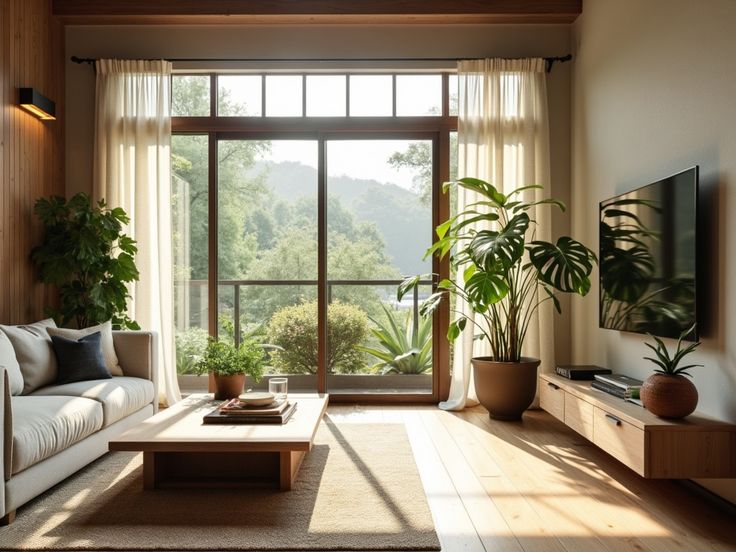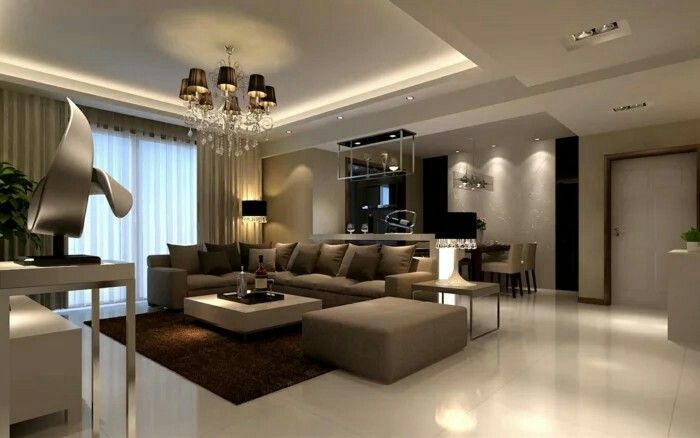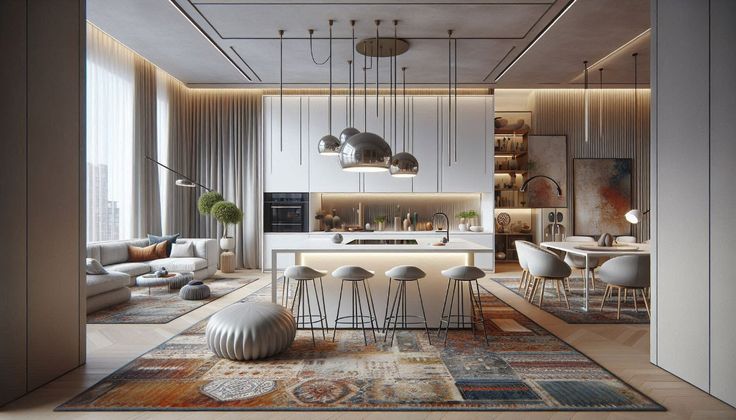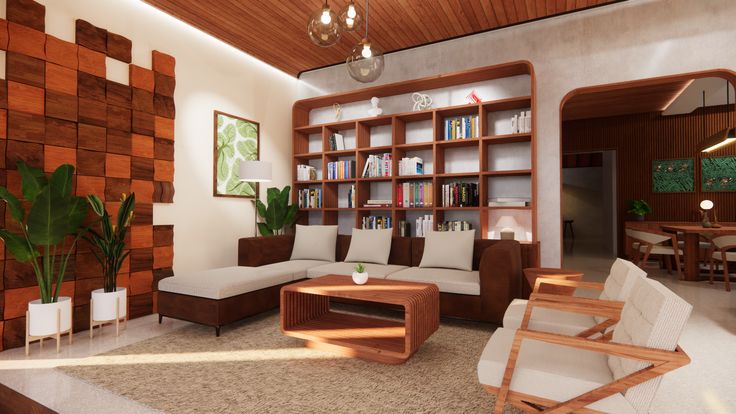How to Maximize Natural Light in Your Home Design
How to Maximize Natural Light in Your Home Design – Natural light plays a critical role in transforming a house into a warm and inviting home. Not only does it reduce energy consumption by cutting down on the need for artificial lighting, but it also enhances the aesthetic appeal of a space, making rooms feel bigger, brighter, and more welcoming. In this article, we will share tips on how to maximize natural light in your home design, offering practical advice on making the most of sunlight in your living spaces.
1. Why Natural Light Matters in Home Design
Natural light has numerous benefits, both for your well-being and the overall design of your home. Studies show that exposure to natural light improves mood, increases productivity, and enhances the quality of life by reducing stress levels. From an aesthetic perspective, natural light brightens spaces, making them feel more open and airy, while also highlighting architectural details and design features.
In addition to the health and aesthetic benefits, natural light can significantly reduce your electricity bills by minimizing the need for artificial lighting during the day. With well-planned home design, you can make the most of natural light and create a space that is both energy-efficient and beautiful.
2. Key Architectural Design Tips to Maximize Natural Light
Maximizing natural light starts with thoughtful architectural design. Consider the following strategies when designing or renovating your home:
- Open Floor Plans: By reducing the number of walls that block light, open floor plans allow sunlight to travel throughout the house. Large, interconnected spaces facilitate the flow of natural light from windows in one area to the entire room.
- Window Placement: Strategically positioning windows in your home is essential for capturing the most daylight. South-facing windows typically receive the most sunlight throughout the day, while north-facing windows bring in softer, indirect light. Consider installing windows in high-traffic areas like living rooms, kitchens, and dining spaces.
- High Ceilings and Clerestory Windows: High ceilings and clerestory windows (windows located high on walls, near the roofline) are excellent for introducing more light into your home. These windows let in natural light without compromising privacy and are especially useful in rooms with limited wall space.
3. Use Glass and Transparent Materials to Increase Light Flow
If you want light to travel freely between rooms, incorporate glass and other transparent materials into your home design. Glass doors and walls allow natural light to pass from one room to another, even in spaces without exterior windows.
- Skylights and Solar Tubes: Skylights are ideal for rooms where traditional windows aren’t an option, such as bathrooms, hallways, or attic spaces. Solar tubes are a more affordable alternative to skylights and can channel light into small or dark areas of your home.
- Mirrors and Reflective Surfaces: Reflective surfaces, such as mirrors, glass tabletops, and shiny tiles, can amplify natural light by bouncing it around the room. This is a great trick for smaller rooms or areas that struggle to get direct sunlight.
4. Maximizing Natural Light with Color Choices
The colors you choose for your home’s interior can have a significant impact on how much light is reflected within the space.
- Light Colors for Walls and Ceilings: Light, neutral colors such as white, pale gray, and beige reflect more light than darker shades, making your rooms feel brighter and more spacious. Opt for matte or satin finishes, as these tend to reflect light better than glossy finishes.
- Choosing the Right Flooring: Just like walls, flooring can reflect or absorb light. Choose light-colored wood, laminate, or tile flooring to help spread natural light throughout your home. Rugs with light, neutral colors can also enhance light reflection.
5. Window Treatments That Don’t Block Natural Light
Window treatments can often block out natural light, so it’s important to choose options that allow light to filter through while still offering privacy.
- Sheer Curtains: Sheer, lightweight curtains are perfect for allowing sunlight to flood your home without compromising privacy. They come in a variety of colors and textures, offering both function and style.
- Blinds and Shutters: Horizontal blinds and shutters allow you to control the amount of light entering a room. When fully open, they let in plenty of light while offering privacy when needed.
6. Landscaping and Exterior Factors
The landscaping outside your home plays a big role in how much sunlight gets inside.
- Trimming Trees and Bushes: If trees or tall bushes are blocking windows, consider trimming them back to let more light into your home. It’s also wise to place plants away from windows to avoid shading the interior.
- Choosing Low-Growth Plants: Opt for low-growing plants in areas close to windows. This allows natural light to enter unobstructed while still providing the greenery you desire.
- Glass Extensions or Sunrooms: Consider adding a sunroom or glass extension to your home. These spaces are designed to capture maximum sunlight and provide an airy, open environment for relaxation.
7. Leveraging Smart Home Technology for Lighting
While natural light is ideal, smart lighting systems can help maintain a well-lit home even during overcast days or evenings. Smart lights can be programmed to complement natural light, gradually increasing or decreasing intensity throughout the day.
- Light Sensors: Consider installing sensors that automatically adjust blinds or curtains depending on the time of day. These systems maximize the amount of natural light during daylight hours while ensuring privacy at night.
Conclusion
Natural light is a crucial element in home design, making rooms feel more open, vibrant, and inviting. By following these tips—from optimizing window placement to incorporating smart home technology—you can maximize the amount of natural light in your home, creating a brighter and more energy-efficient space. Whether you’re building a new home or renovating your current one, paying attention to how light interacts with your design will transform the ambiance of your living spaces.
Consider implementing these strategies and start enjoying the benefits of natural light in your home today!






